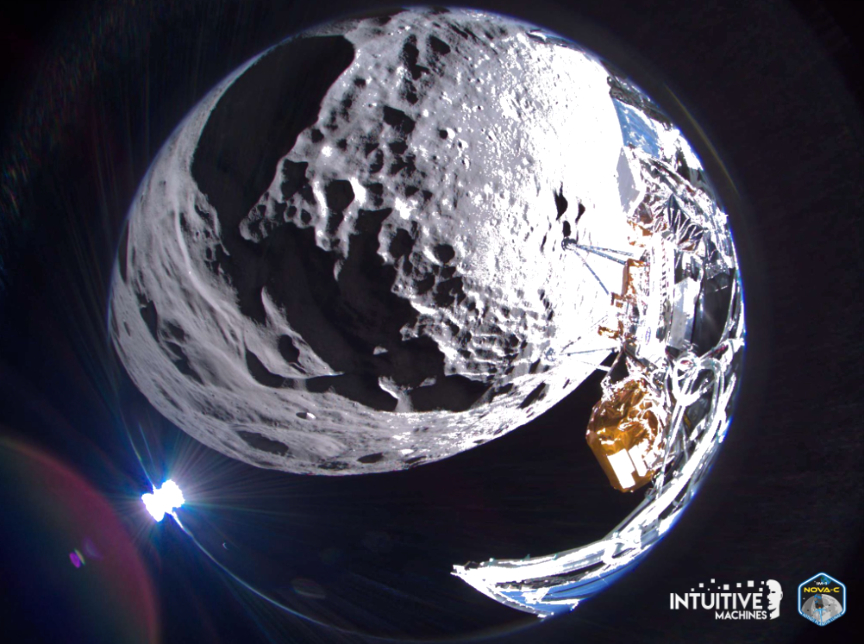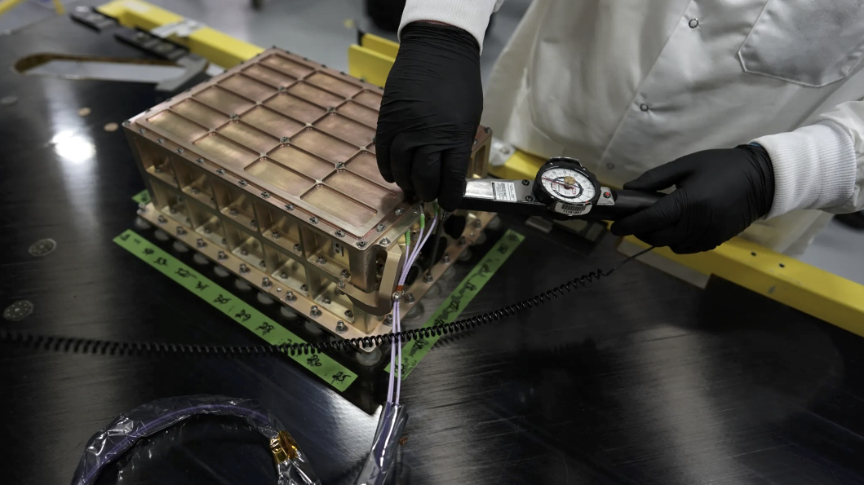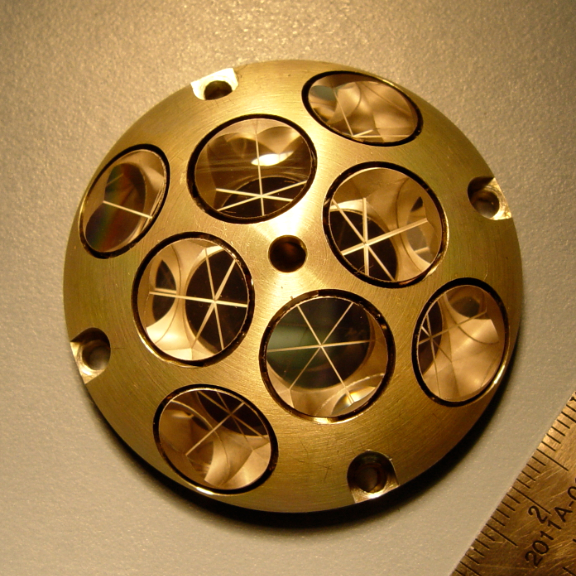
For the first time in more than 50 years, new NASA science instruments and technology demonstrations are operating on the Moon following the first successful delivery of the agency’s CLPS (Commercial Lunar Payload Services) initiative.

Credit: Intuitive Machines
Intuitive Machines’ Nova-C lander, called Odysseus, completed a seven-day journey to lunar orbit and executed procedures to softly land near Malapert A in the South Pole region of the Moon at 5:24 p.m. CST on February 22nd The lander is healthy, collecting solar power, and transmitting data back to the company’s mission control in Houston. The mission marks the first commercial uncrewed landing on the Moon.
Carrying six NASA science research and technology demonstrations, among other customer payloads, all NASA science instruments completed transit checkouts en route to the Moon. A NASA precision landing technology demonstration also provided critical last-minute assistance to ensure a soft landing. As part of NASA’s Artemis campaign, the lunar delivery is in the region where NASA will send astronauts to search for water and other lunar resources later this decade.
During the journey to the Moon, NASA instruments measured the quantity of cryogenic engine fuel as it has been used, and while descending toward the lunar surface, teams collected data on plume-surface interactions and tested precision landing technologies.
Odysseus’ surface operations are underway and expected to take place through Thursday, February 29th.
NASA’s Navigation Doppler Lidar for Precise Velocity and Range Sensing (NDL) guidance system for descent and landing ultimately played a key role in aiding the successful landing. A few hours ahead of landing, Intuitive Machines encountered a sensor issue with their navigation system and leaned on NASA’s guidance system for an assist to precisely land. NASA’s instrument operates on the same principles of radar and uses pulses from a laser emitted through three optical telescopes. It measures speed, direction, and altitude with high precision during descent and touchdown.

“For the first time in more than half a century, America returned to the Moon. Congratulations to Intuitive Machines for placing the lunar lander Odysseus carrying NASA scientific instruments to a place no person or machine has gone before, the lunar South Pole,” said NASA Administrator Bill Nelson. “This feat from Intuitive Machines, SpaceX, and NASA demonstrates the promise of American leadership in space and the power of commercial partnerships under NASA’s CLPS initiative. Further, this success opens the door for new voyages under Artemis to send astronauts to the Moon, then onward to Mars.”
Now that they are on the lunar surface, NASA instruments will focus on investigating lunar surface interactions and radio astronomy. The Odysseus lander also carries a retroreflector array that will contribute to a network of location markers on the Moon for communication and navigation for future autonomous navigation technologies.
Additional NASA hardware aboard the lander includes:

Lunar Node 1 Navigation Demonstrator: A small, CubeSat-sized experiment that will demonstrate autonomous navigation that could be used by future landers, surface infrastructure, and astronauts, digitally confirming their positions on the Moon relative to other spacecraft, ground stations, or rovers on the move.

Laser Retroreflector Array: A collection of eight retroreflectors that enable precision laser ranging, which is a measurement of the distance between the orbiting or landing spacecraft to the reflector on the lander. The array is a passive optical instrument and will function as a permanent location marker on the Moon for decades to come.
Radio Frequency Mass Gauge: A technology demonstration that measures the amount of propellant in spacecraft tanks in a low-gravity space environment. Using sensor technology, the gauge will measure the amount of cryogenic propellant in Nova-C’s fuel and oxidizer tanks, providing data that could help predict fuel usage on future missions.
Radio-wave Observations at the Lunar Surface of the Photoelectron Sheath: The instrument will observe the Moon’s surface environment in radio frequencies, to determine how natural and human-generated activity near the surface interacts with and could interfere with science conducted there.
Stereo Cameras for Lunar Plume-Surface Studies: A suite of four tiny cameras to capture imagery showing how the Moon’s surface changes from interactions with the spacecraft’s engine plume during and after descent.
